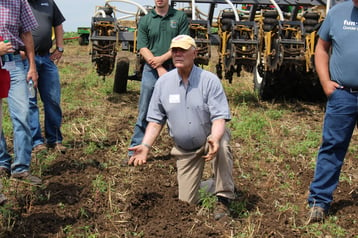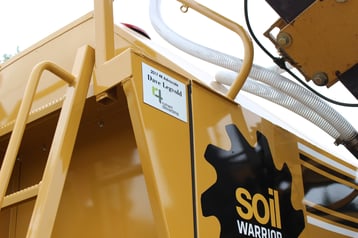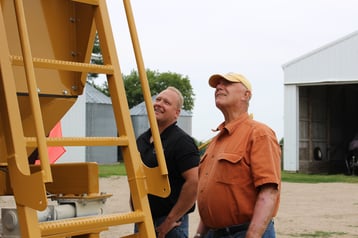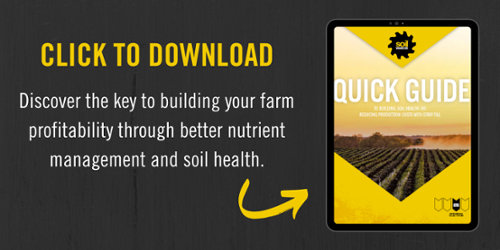What Can Strip-Till Do For You?
One of these practices is adding the use of strip-tillage to a crop operation. This form of tillage practice incorporates both conventional and no-till. The minimal tillage only disturbs about 33 percent of the land which is where the fertilizer and seed is placed. This specific practice has shown several benefits for not only the soil health but for crop yields as well.
“I sure you’ve seen the shirts at ETS, ‘only 33% disturbed’, that kind of tells the story of what’s going on there," said Dave Legvold, a veteran strip-tiller from Northfield, Minnesota who has completed research from his soil and his SoilWarrior.

Significant benefits provided from strip-tillage is noticeable to the naked eye, but what is happening within the soil creates productivity for years to come. The biological life of the soil becomes richer, there is no longer the motion of ripping and conventional tilling which does not allow time for the development of macro-aggregates. The fungal systems living within the soil work alongside the plant to help properly digest nutrients, and in return, the plants help to produce sugars for the soil. When using the minimal tillage practice, it helps create organic matter and lessens the chances of soil erosion from the natural elements.
“For example, the microarousal fungi lives in the soil is a critter, a fungus that sets up a symbiotic relationship with plants,” said Legvold. “The fungus can digest phosphorus from the soil and contributes it to the plant. In exchange, the plant provides energies to the fungus. If you leave the soil alone, those biological benefits are enhanced. It reduces the tendency of the soil to blow away and to wash away.”
Adding strip-tillage to an operation not only boosts the soil health but adds sustainability to the farm. A strip-tillage machine can cut a few pieces of equipment out of an operation. The machine allows for less trips across the field because of its ability to do more than one step at a time.
“I save a tremendous amount on machinery costs, especially I don’t need a 500-horsepower tractor to drag a tillage tool around in the fall,” said Legvold. Most strip-tillage machines incorporate not only the tillage motion but can place fertilizer within the strip at the same time. The use of this two-in-one step saves the farmer time, fuel and hours on the tractor engine.

“If you are thinking about converting, find a farmer who is already doing [it] and pick their brain and ask them questions. Find someone who you can talk to about converting to strip-till," Legvold said. Asking them questions, reaching out and riding along to experience what it could be like for you is the best way to learn about the machine. One thing to remember when you are in the first years of conversion is the strip-tilled acres are not going to look the way they did before. The look of conventional tillage is not the same of strip, and it will look messy. It takes patience to see the benefits and understand what your fields will look like.
Trusting in your research and the time of switching to strip-till will pay off. A question often asked is if all soils can be strip-tilled and for the most part the utilization of strip-tillage has been used on all kinds of soils. A benefit that is often overlooked it comes to converting tillage methods are local and national grants. Each county is given money to support soil conversation practices.

“There is always an excuse, but the fact of the matter is I use my strip-till machine on all kinds of soil. Everything from nearly pure sand to peat ground. It works just find in all of them,” said Legvold. “Don’t hesitate if you’re going to do strip-till. Do it. Just jump in; both feet, and don’t look back.”
Download our ebook and read more about strip-till in action.

Comment